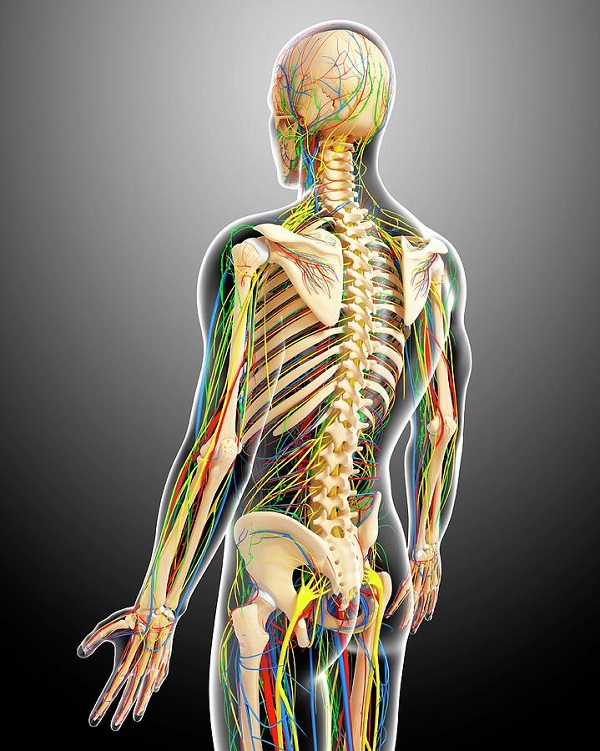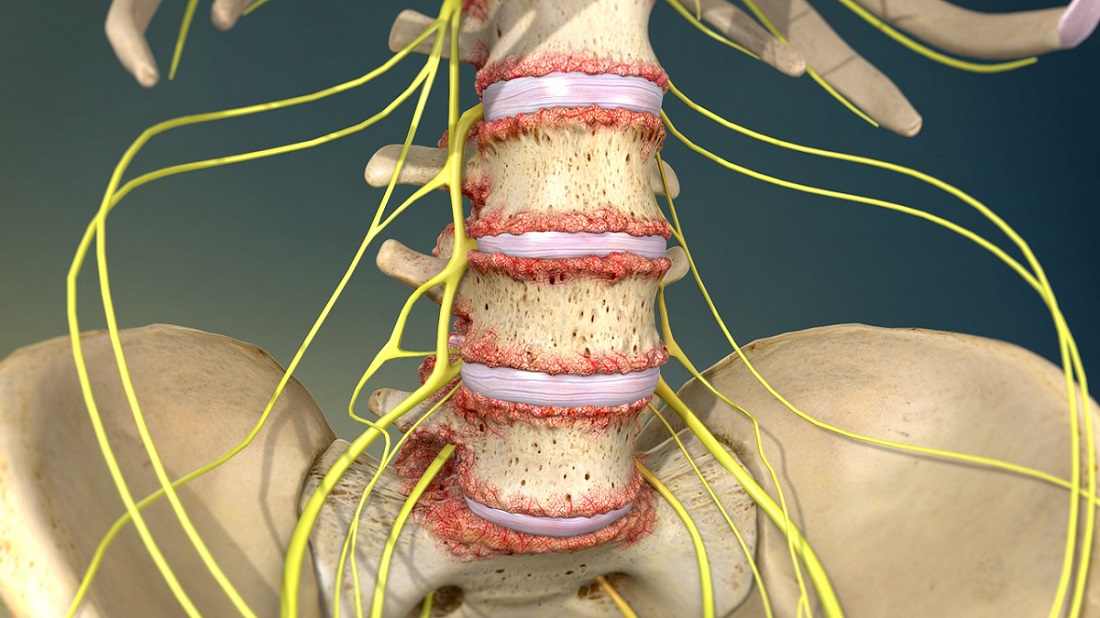The back is an integral component of human movement, comprising numerous muscles that play key roles in daily tasks and movements. Acquiring knowledge about its anatomy is critical for optimising workouts and reaping maximum rewards. The major backs anatomically include the spinal erectors, simulations Doris, trapeziums, and rhomboids.

Understanding Back Anatomy
Spinal Erectors
The spinal erectors are a group of muscles running along the spine which play an integral role in maintaining posture and supporting it during movement.
Latissimus Dorsi
The Latissimus Dorsi (commonly referred to as the lats), located on either side of your back, plays an integral part in pulling and lifting activities.
Trapezius
The trapezius muscles (or “traps”) are triangular-shaped muscles located on either side of the backbone that extend from behind the neck to shoulders and upper back, helping in movements such as shrugging or rotating shoulders.
Rhomboids
Rhomboids are small muscles located between the shoulder blades that aid in shoulder movement and stability.
Benefits of Strengthening Back Muscles
Strengthening back muscles offers numerous advantages beyond aesthetics:
Improved Posture: Strong back muscles provide proper alignment, decreasing the likelihood of postural issues such as psychosis or Lordships. Reduced Risk of Injury: Strong backs provide stability during everyday movements and physical activities, decreasing strains or sprains from happening as often.
Strengthened Athletic Performance: Strong back muscles are essential to athletic performance, providing power and endurance for activities like running, jumping and throwing.
Maintaining proper form is of the utmost importance in order to avoid injuries and maximise results:
Focus on engaging the targeted muscles throughout each exercise. Keep the spine neutral to avoid rounding or arching of the back. Utilize a slow, controlled pace for both concentric and eccentric phases of movement for the best results.
Equipment Needed for Back Workouts
Back exercises can utilise various pieces of equipment, including:
Free weights such as dumbbells and barbells provide great versatility and can be used for both compound and isolation exercises. Machines such as cable machines and rowing machines provide stability and resistance for targeted back workouts.
Resistance bands offer variable resistance and are an easy and portable solution for home workouts or travel workouts.
Incorporating Back Exercises into Your Routine
To maximise back muscle development, consider the following:
Frequency and Volume: For optimal back training results, aim to train 2-3 times each week with sufficient rest between sessions.
Sample back workout routines: Incorporate both compound and isolation exercises targeting different muscle groups within your back.
Rest and Recovery
Rest and recovery are vital components of healthy muscle development and injury prevention:
Take rest days between workouts to allow muscles to repair. Do stretching and mobility exercises to maintain flexibility and prevent stiffness, massage therapy and foam rolling for muscle soreness relief, and track progress accordingly.
Tracking Progress
Tracking progress helps monitor improvements and adjust training as needed:
Maintain a workout log to record exercises, sets, reps and weights used. Regularly measure strength gains and muscle development to track progress over time.
Common Myths About Back Training
Dispelling common myths can help individuals make informed decisions about their workout routines:
Lifting heavy weights will lead to bulkiness: Resistance training encourages muscle growth and strength without necessarily leading to bulkiness.
Train your back once a week: Individual training needs and preferences will determine frequency; for optimal results, 2-3 sessions a week are often suggested for maximum effectiveness.
Bodyweight exercises aren’t effective for back development: Pull-ups and rows can be extremely helpful for building backs anatomically strength and muscle mass.
Proper Nutrition for Muscle Growth
Nutrition plays an integral part of muscle growth and recovery:
Take in enough protein for muscle repair and growth, in addition to carbohydrates and healthy fats for energy and overall well being. Stay hydrated to preserve performance while aiding recovery.
Injury Prevention and Rehabilitation
Precautionary steps can help prevent back injuries and expedite recovery:
Follow warm-up and cool-down protocols before and after workouts to prevent muscle strain. Pay attention for signs of overtraining, such as persistent fatigue or decreased performance. In cases of pain or injury, seek professional medical advice as soon as possible so proper diagnosis and treatment can begin.
Mental Benefits of Back Workouts
Back workouts provide more than just physical benefits:
Stress Relief: Exercise releases endorphins that can relieve stress and enhance mood, leading to better wellbeing.
Bout of Confidence: Reaching fitness goals and strengthening muscles can increase self-esteem and confidence levels, as can pushing through challenging workouts to build mental toughness and discipline.
Real-Life Applications
The benefits of back training extend beyond the gym:
Office workers: Strong back muscles provide essential posture support and reduce risk of back pain from prolonged sitting.
Back Health for Athletes: Healthy back muscles are necessary for athletic performance as well as injury prevention in various sports.
Impact on Daily Activities: Strengthening one’s backs anatomically is beneficial for everyday activities like lifting objects, carrying groceries, and maintaining balance.
Conclusion
Learning and applying backs anatomically effectively during workouts is key to reaping maximum benefit from back training. By targeting specific muscle groups with proper form and including back exercises into a comprehensive fitness routine, individuals can improve posture, reduce injury risks and enhance athletic performance.





